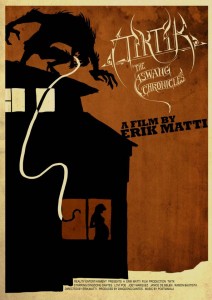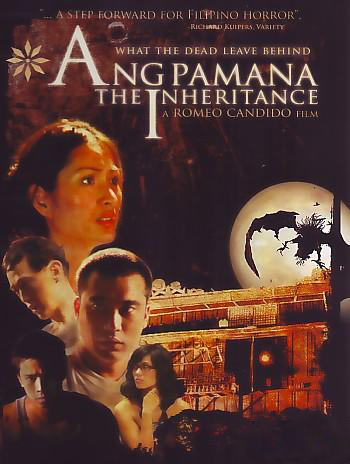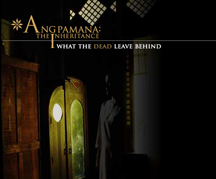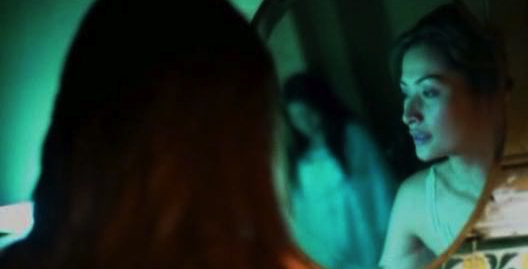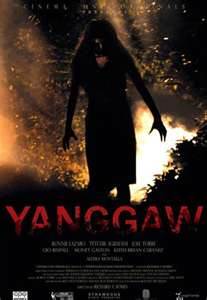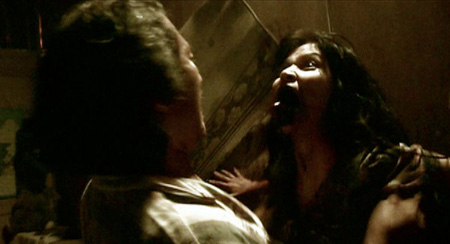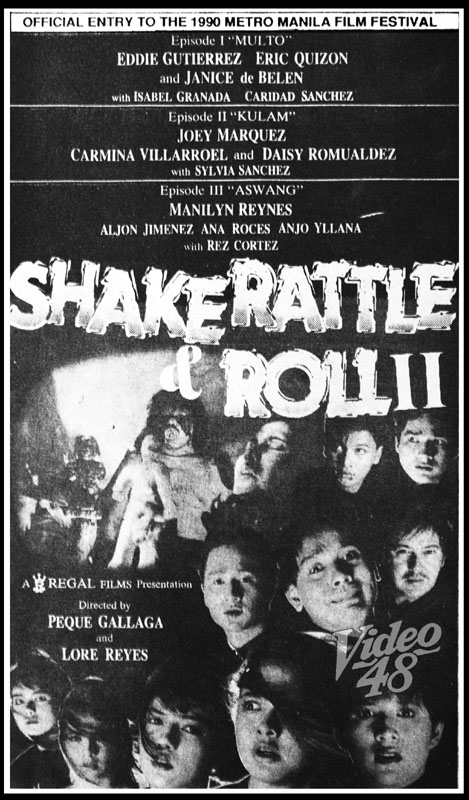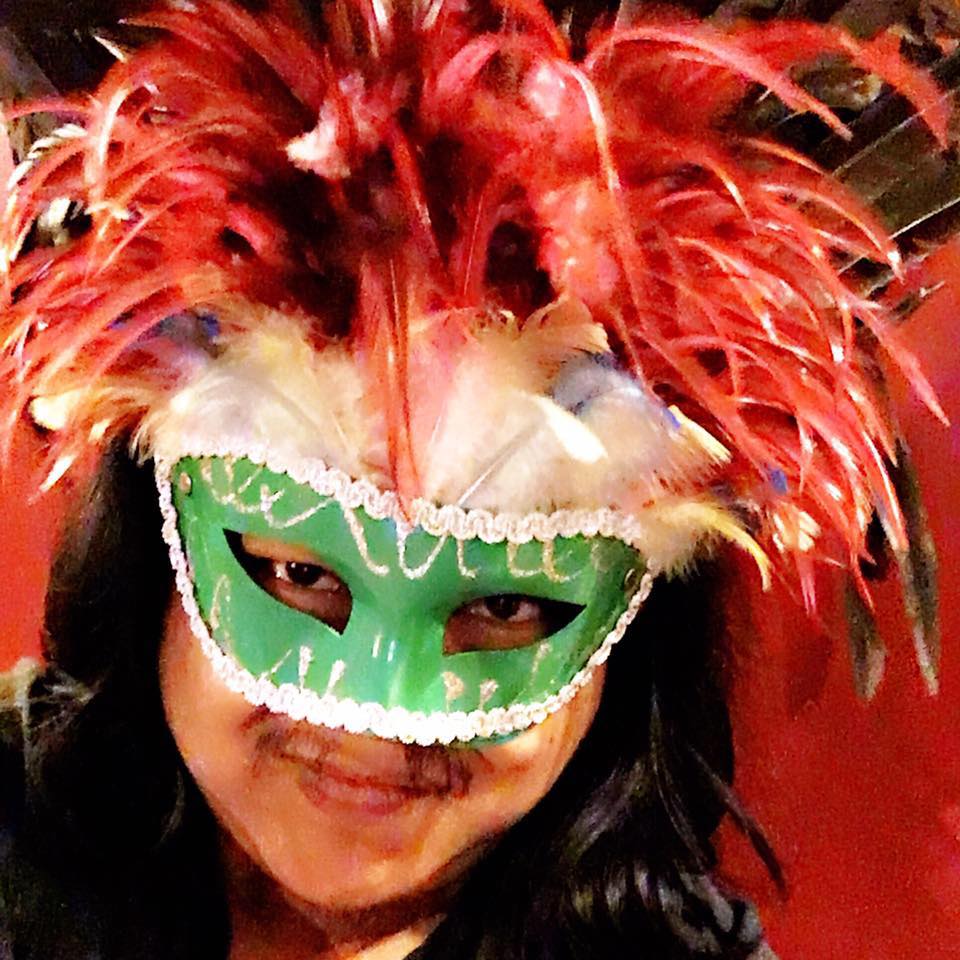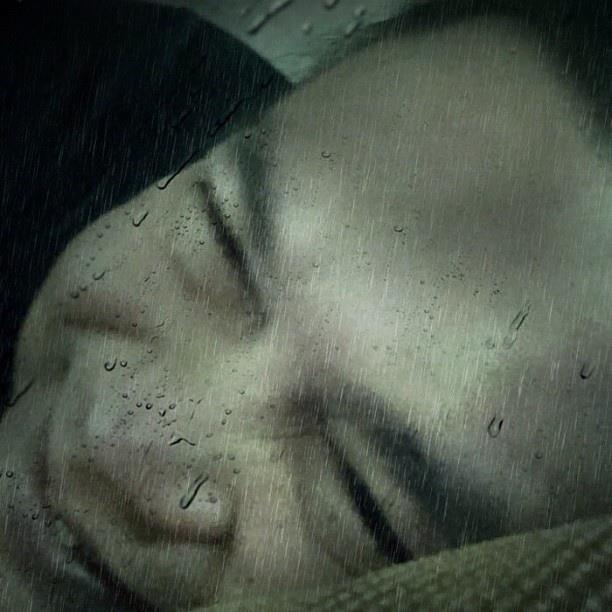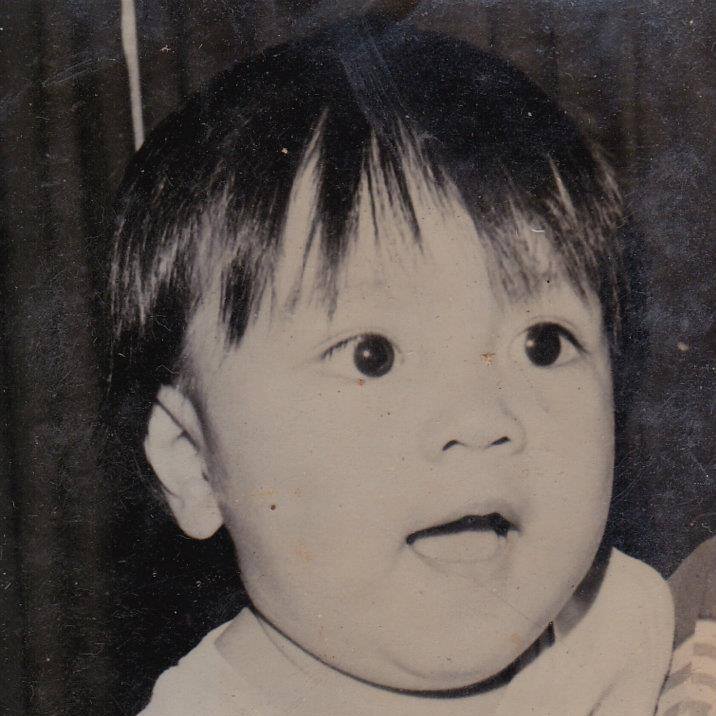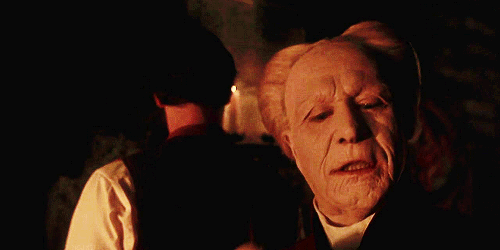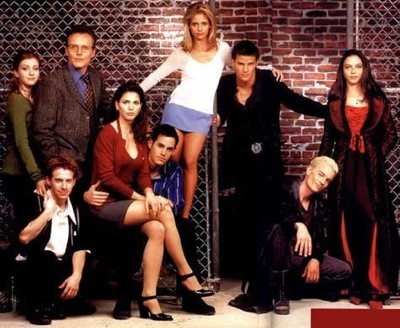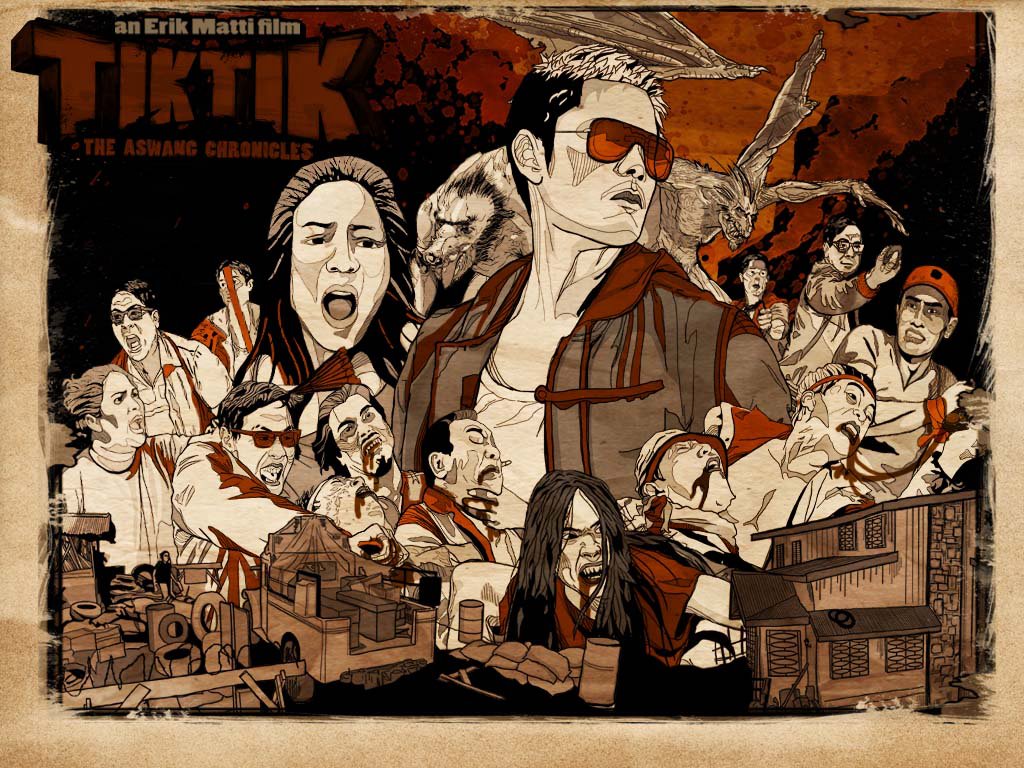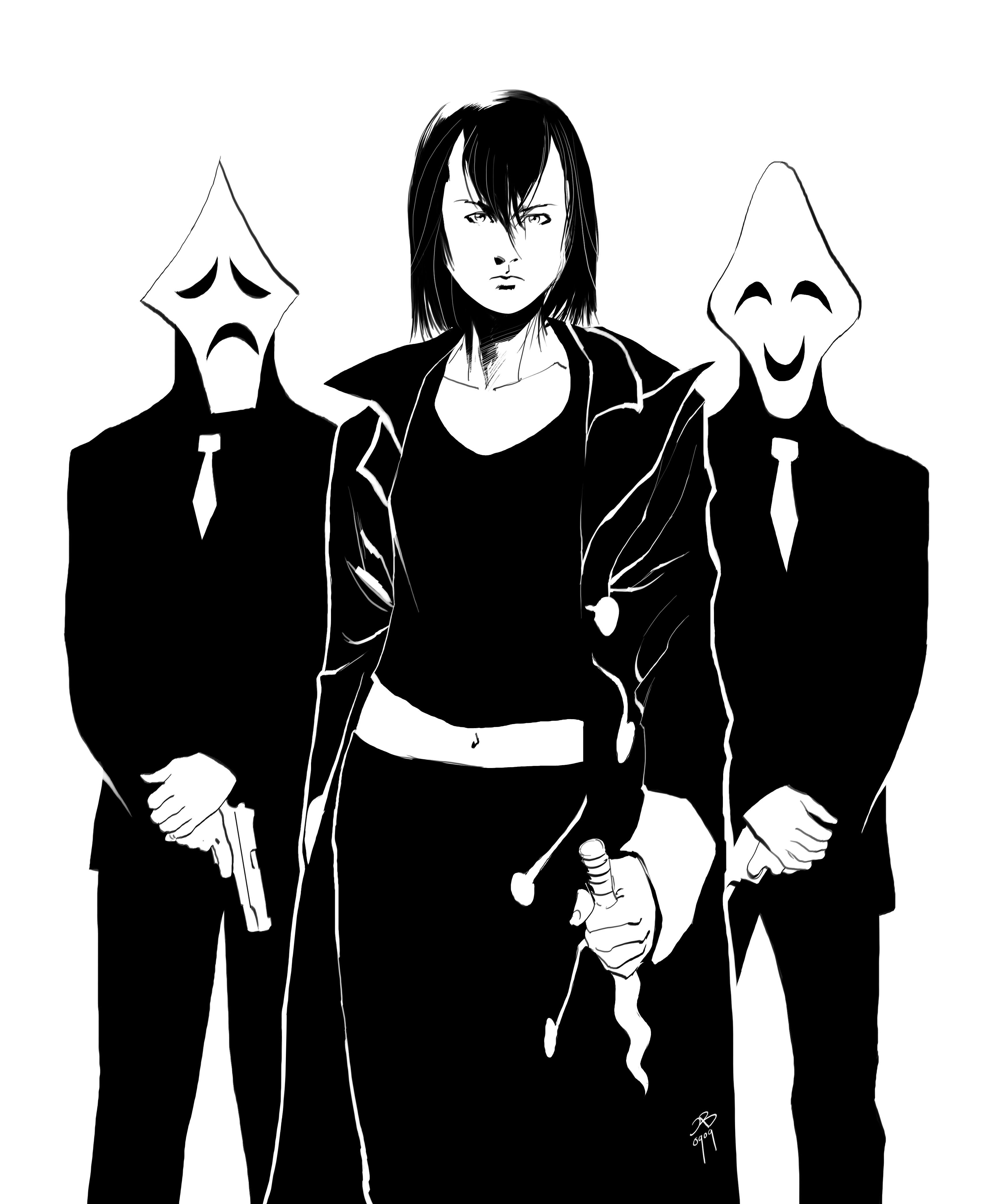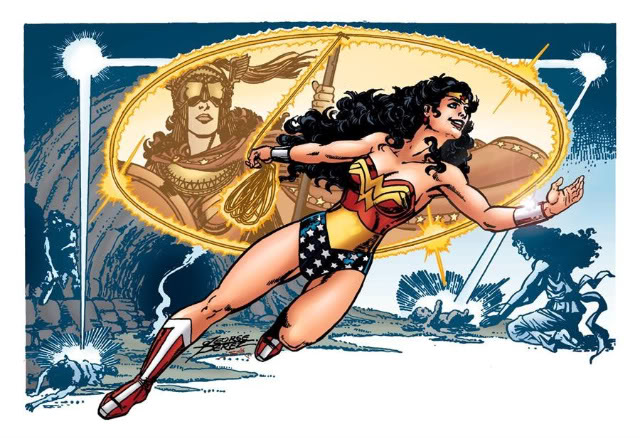Aswangan, Part 5: The Final Fearsome Five
by allancarreon on Nov.19, 2012, under Film & TV, Travel & Culture
Continued From:
Aswangan, Part 4: The Good, The Bad, and The Unseen
5. Tiktik: The Aswang Chronicles (2012). I’ve ranted enough about this, so see my thoughts here and here.
One of the true classics on this list, this is probably one of the scariest features in Pinoy cinema. Peque Gallaga directed this third segment of the seminal Shake, Rattle, & Roll film, which gave us two of the most famous local horror stories (this piece along with Pridyider). Showing early mastery of the genre, Gallaga would later follow through with many more aswang tales in both individual flicks as well as SRR features. This would set the standard for the aswang genre for generations to come, and its influence in future movies of the same theme would become apparent as time went by.
This was the tale of a young boy (Herbert Bautista) at the cusp of manhood who finds himself having to defend his grandmother (Mary Walter) and younger siblings from a manananggal. Setting it in a remote barrio during Holy Week was genius as it played on fears brought about by the rural belief that, on Good Friday and Black Saturday, God was supposedly dead. The story builds up slowly but intensely – from the young man’s wooing of the isolated maiden to his discovery of her dark secret and to the climactic bahay kubo siege, which remains to be one of the most gripping sequences in local horror.
Irma Alegre, more known for her daringly sexy roles, delivered a powerful performance as the manananggal. Casting her was another genius choice. One of the most memorable scenes was her transformation. With the exception of the shot of the obviously animated flying creature against a full moon, the rest of the scene was one of the most sensual and yet horrifying things ever rendered in Philippine cinema. With only the sounds of the night and minimal music, with Irma’s ominous and painful groans accompanying her slow and painful metamorphosis, with the disgustingly-realistic detachment of her torso from waist, and with the frightened teenager’s subsequent destruction by salt of the visceral lower half, the well-executed scene would influence many aswang movies to come.
If only for this, Manananggal cemented its place in the annals of Philippine horror.
3. Ang Pamana (The Inheritance) (2006).
This is not just a manananggal movie but also a white lady, kapre, and duwende movie. Still, the aswang formed the crux of the story as its relationship with “Lola” was integral to the featured family’s history.
While this is a Fil-Canadian production, with its producers and lead actors based in Canada, it is a Filipino film through and through: the subject matter, story, and setting are all distinctly Pinoy. The tale of balikbayans trying to make sense of the mother culture and of the secrets of their heritage hits close to home, especially for those with family abroad who have a hard time connecting to their roots. It is a classic tale of Pinoy diaspora and journey home against a backdrop of the supernatural.
The rest of its cast are also undeniably Pinoy, and what a cast it is! In major roles are of some of the best character actors that local talent has to offer: Noni Buencamino, Susan Africa, Phoemela Baranda, Cholo Barretto, Ketchup Eusebio, and Victor Neri. Meanwhile, Tirso Cruz III, Jaclyn Jose, Angel Aquino, and Alan Paule, among many others, provide pivotal cameos. At the same time, its Fil-Canadian cast members (Darrel Gamotin, Nadine Villasin, Caroline Mangosing, and Nicco Lorenzo Garcia) showed they are every bit as Filipino as their colleagues.
What makes this movie great is how it successfully interweaves various facets of Filipino lower mythology into one coherent and frightening tale without making it forced. The layers of sub-plots come together in the end, giving the film a cohesive direction that made sense while still giving the audience some very unexpected twists. At the same time, its horror – like other great horror – is borne of atmosphere, and director Romeo Candido expertly crafts suspense and terror along the way. The result is compelling, surreal, and engaging.
It is unfortunate that, probably because it was a Fil-Canadian production that saw minimal marketing when it was released here, this movie doesn’t get as much name recognition as others of the genre. The truth is that it runs rings around most of the mediocre 2000s’ Pinoy horror films. It deviated from the then-recent Asian horror formula of “serial deaths” caused by some ghost or curse, which was started by the classics Ringu and Ju-On but which later became stale when the imitators could not match the originals in quality and unpredictability.
By telling an exceptional and unique tale that relied on mood and suspense instead of effects, Ang Pamana turned one’s expectations of the genre on its head and gave viewers a new appreciation of how the deeply rich and diverse Philippine folkloric system could be a source of good, ethereal cinema.
2. Yanggaw (2008).
This Cinema One Original, also known as Affliction, is one of the best films of the 2000s, horror or not.
Richard Somes, who also directed Corazon: Ang Unang Aswang and SRR 2K5’s Lihim, is in his element here. Much like Lihim, this is not just about the story but also about how the production effectively tells that story. The film stock, somewhat sepia-ish, seems to be a story by itself, and the use of Ilonggo as the primary language contributes to the eerieness. There are no true special effects here, only creativity; despite that, or perhaps because of it, Somes delivers greater dread that others cannot. Unlike his dismal Tamawo (SRR 13), he creates an unearthly yet real environment where one feels the events can happen.
Subtlety is key to Somes’ success for most of the movie. One scene shows the parents casually discussing local elections when their daughter Amor, recently home with a strange illness, comes out of her room weakly complaining about strange noises. The angle of the shot shows her body through the dimly-lit living room but subtly hides her face. There is tension as the audience wonders if Amor’s face has changed or if some kind of attack was imminent.
Tetchie Agbayani, Joel Torre, and Ronnie Lazaro are all superb, as expected. Their lesser-known castmates, especially Aleera Montilla (Amor), all turn in fine performances as well. Choosing unknowns to round out the cast is a calculated gamble that paid off. As these faces, most of which are very Pinoy, are not known to the majority of the viewing audiene, the illusion that this story may be real is strengthened further.
What makes the film fascinating is that while on the surface it is a frightening aswang movie, underneath the trappings is a gut-wrenching family drama. It is not so much a monster movie as it is a journey into the terrifying world of a family slowly being torn apart by an affliction that none of them expected. No mainstream drama can match the harrowing experience the family goes through as they deal with a daughter unwillingly changing right before their eyes.
Although the climactic sequence (which inexplicably throws out the subtlety of the rest of the movie) borders on excessive melodrama, what with the orchestra’s rising crescendo and all the wails of despair, all roads had slowly led to that point, and the over-wrought finale can be forgiven once the repercussions of the situation sinks in, leaving a hole in one’s heart.
The movie is about the foolish choices, the hard choices, the frightening choices that families may need to make in times of tragedy. More so than its great production values, this is what make this film a true masterpiece of horror for a new era.
When Regal Films got the rights to SRR six years after the first movie was released by the now-defunct Athena Productions, they made sure they had a winner on their hands. And they did. The first two episodes – a chilling ghost story (Multo) and a horror-comedy about witchcraft (Kulam) – were well-done.
However, they reserved the best for last in that revival with the now-classic Aswang.
It stars Manilyn Reynes (of course), Aljon Jimenez, Anjo Yllana, Ana Roces, Vangie Labalan, and a very intimidating Rez Cortez. Richard Gomez appears in a cameo, while horror icon Lilia Cuntapay apparently makes her debut as an aswang horde extra noticed by director Peque Gallaga, who describes her as having very pagan looks and who went on to cast her in a variety of horror flicks, including several of those on my aswang list.
This movie tops my list to date simply because it is straight-out terrifying. While it does not have the depth of Yanggaw or the style of Tiktik or the intricacy of Ang Pamana, it reaches for the gut and pulls out from the collective fear of the Filipino folkloric subconscious, that cultural meme that has heard of the tale told here: a stranger in a strange town, brought as a visitor to be part of some local celebration, now knowing that she is to be the sacrifice offered by a bayanful of aswangs.
It is, in fact, an adaptation of the tale – some say it’s true – of the Iloilo town of Dueñas, rumored to be home to many aswangs.
The tale is told of Teniente Gimo’s daughter, who brings her city classmates over to her hometown of Dueñas under pretense of a vacation. However, her true intentions are more malevolent: Gimo’s daughter is actually their agent to the outside world, tasked with bringing home the annual sacrifice to whatever deities the aswangs revered.
One of the girls figures this out by accident too late. While she is unable to determine a way to save her friend, she is quick-witted enough to make a switch that causes the aswangs to kill Gimo’s daughter in her place, thus giving her time to flee. The girl is hunted down but manages to barely escape.
To this day, because of this tale, the town of Dueñas is regarded with suspicion, perhaps unwarranted but still an unfortunate reality.
Of course, for the film, some details were changed: there is only one girl brought in as a sacrifice, and how she figures out the duplicity and counters it with her own is also modified. There are other friends, as well, but they are present for other reasons, and a minor love story is introduced. However, the basic premise is there, and it is a story that haunts the collective mind of Filipinos who grew up on tales of the aswang.
The feature stands the test of time in being genuinely bloodcurdling. Unlike many of the movies I have listed so far (even my favorites) which do not seem as scary after a couple of viewings, this one still frightens me even after multiple re-runs throughout the past twenty years. Just last week, my friends and I watched it again, and we were still screaming during all the hair-raising moments of flight and fright. After all, who will not be petrified at the mere idea of being alone and trapped in a barrio of aswangs with no apparent way out?
The scene were Portia (Manilyn Reynes) seeks refuge in the ruins of a church that the aswangs cannot enter is eerie but alarming. As Portia challenges her pursuers with the words, “Hindi kayo makapasok, ano?” aswang matriarch Nanay (Vangie Labalan) cries, “Oo, hindi kami makakapasok, pero hindi ka rin makakalabas!” Then the aswang hordes surrounding the clearing slowly sit down and patiently, silently wait.
Later on, in a stressful attempt-to-escape scene, the momentum screeches to a halt as everything goes silent. Then, through some excellent cinematography, choreography, and lighting, the aswangs slowly creep into the scene, across the fields and in the trees, with a cadence that will keep one on the edge of his seat.
Portia and her friends are surrounded… and defenseless.
This movie gave me nightmares for weeks when I first saw it at thirteen years of age. The beats of tribal drums kept on ringing in my ears for a long time, bringing out some primordial fear that I can neither pinpoint nor stifle.
Watching it again more than two decades later still bring out the same reactions in me.
And that means it’s very powerful horror cinema indeed.
Read the rest of my “Aswangan” series:
Aswangan, Part 1: The As-wunk Phenomenon
Aswangan, Part 2: Tiktik-TAC, Tik-TAC

